Turtle Tags: A Key Tool in Protecting Ocean Ecosystems
Sea turtles are often regarded as the sentinels of ocean health. As keystone species, their well-being reflects the overall state of marine ecosystems. However, due to threats like habitat destruction, climate change, pollution, and illegal poaching, sea turtles face dwindling populations worldwide. Conservationists have turned to innovative technologies to monitor and protect these vital creatures, with turtle tags emerging as one of the most effective tools.
In this article, we’ll delve into what turtle tags are, how they are used, and why they play an essential role in protecting ocean ecosystems.
What Are Turtle Tags and What Are Their Uses?
Turtle tags are tracking devices or physical markers attached to sea turtles to gather data about their behavior, movements, and population dynamics. They can range from simple, numbered flipper tags to sophisticated satellite transmitters. Each type of tag serves a specific purpose, depending on the conservation goals and the species being studied.
Common Types of Turtle Tags
- Flipper Tags: Small, metal, or plastic tags affixed to a turtle’s flipper for identification purposes. These are often used to track population trends and nesting patterns.
- PIT Tags (Passive Integrated Transponder): Microchips implanted under the turtle’s skin that store unique identification information.
- Satellite Tags: Advanced devices that transmit real-time data about a turtle’s location, migration routes, and diving behavior.
- Acoustic Tags: Devices that emit sound waves to track turtles in specific areas, such as feeding grounds or coral reefs.
Primary Uses of Turtle Tags
- Monitoring migration patterns across oceans.
- Identifying nesting sites for protection.
- Studying feeding habits to understand ecological roles.
- Estimating population size and survival rates.
- Preventing illegal trade by providing traceability.
Turtle tags are indispensable in understanding sea turtle behavior, but their significance extends far beyond individual species monitoring. They are a crucial tool in maintaining the balance of marine ecosystems.
How Turtle Tags Protect Ocean Ecosystems
Sea turtles play a vital role in maintaining the health of marine environments. By tagging and studying them, scientists can gather data critical to conserving not just turtles but the broader ecosystems they support.
Preserving Seagrass Beds and Coral Reefs
Sea turtles, especially green turtles, help maintain the health of seagrass beds by grazing on them. Regular grazing ensures seagrass grows evenly and remains productive, supporting numerous marine species like fish, crustaceans, and invertebrates. Without sea turtles, these habitats risk becoming overgrown and degraded.
Turtle tags allow researchers to track which areas turtles frequent and where seagrass conservation efforts should be focused. Similarly, hawksbill turtles play a role in maintaining coral reef health by feeding on sponges that compete with corals for space. By using turtle tags, scientists can identify critical coral reef habitats and prioritize them for protection.
Tracking Migration for Global Conservation Efforts
Many sea turtle species migrate thousands of miles across international waters to nest or feed. This makes conserving them a global challenge requiring international cooperation. Turtle tags, particularly satellite tags, provide precise migration routes and highlight areas where turtles are most vulnerable to threats like fishing nets or pollution.
For instance, by tracking turtles with satellite tags, conservationists have identified migration corridors where bycatch reduction measures, such as turtle excluder devices (TEDs), are essential. These insights not only protect turtles but also enhance the sustainability of marine life in these areas.
Informing Marine Protected Areas (MPAs)
Marine Protected Areas (MPAs) are designated zones where human activity is regulated to conserve marine biodiversity. Turtle tags provide data on the locations of nesting sites, feeding grounds, and migratory routes, helping policymakers define MPA boundaries effectively.
For example, if turtle tags reveal that certain beaches or shallow waters are critical nesting or feeding habitats, these areas can be declared no-fishing zones during specific seasons. This targeted approach minimizes human impact on marine ecosystems while ensuring turtles have safe spaces to thrive.
Mitigating Climate Change Effects
Sea turtles are particularly sensitive to climate change. Rising temperatures can skew the sex ratios of hatchlings (warmer sand produces more females), while rising sea levels threaten nesting beaches. Turtle tags help researchers monitor these trends by tracking nesting patterns and identifying beaches at risk of erosion or inundation.
With this information, conservationists can implement proactive measures, such as relocating nests to safer areas or planting vegetation to stabilize sand dunes. These efforts protect not just turtles but also the delicate ecosystems connected to their nesting sites.
Combating Illegal Wildlife Trade
Illegal poaching and the trade of sea turtle shells and eggs remain significant threats. Turtle tags can act as a deterrent by making individual turtles traceable. Satellite tracking systems can also alert authorities when tagged turtles enter areas known for illegal fishing or poaching activities.
By reducing illegal hunting, turtle tags help preserve not only the species but also the ecological balance they support, ensuring healthier oceans for future generations.
Educating and Engaging Communities
Turtle tagging projects often involve local communities, fostering awareness and support for conservation efforts. When communities understand the importance of sea turtles in their ecosystems—such as their role in keeping seagrass and coral reefs healthy—they are more likely to adopt sustainable practices.
Data from turtle tags can also be shared with the public through interactive maps, inspiring global audiences to participate in marine conservation efforts.
Takeaways
Turtle tags are far more than just tracking devices—they are a lifeline for sea turtles and the ecosystems they help sustain. By providing critical data on migration, behavior, and habitats, turtle tags empower conservationists to implement targeted strategies that benefit both turtles and the broader marine environment.
As we face mounting challenges like climate change and overfishing, tools like turtle tags offer a beacon of hope, reminding us that with innovation and collaboration, we can preserve the delicate balance of ocean ecosystems for generations to come.

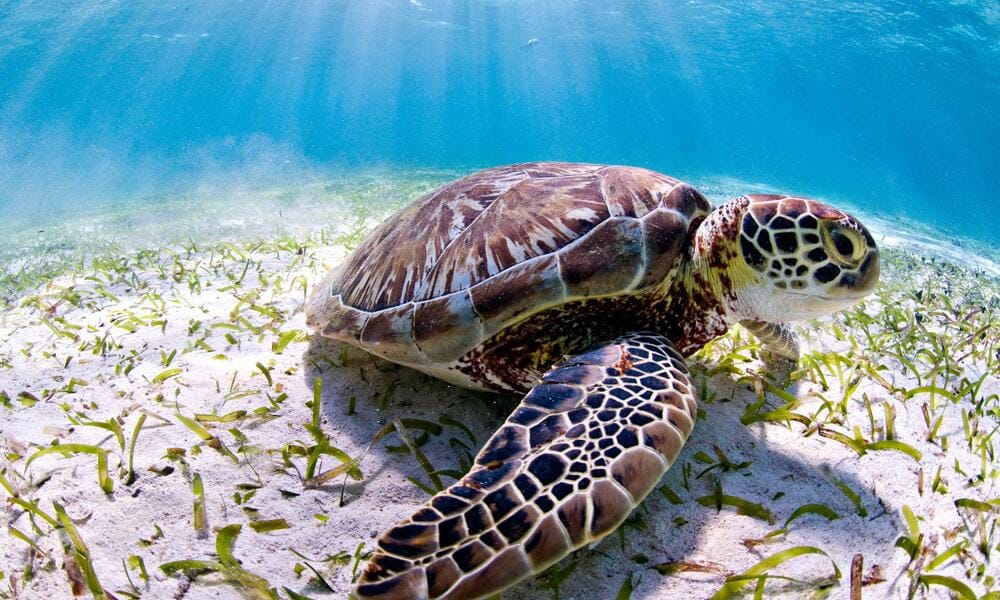

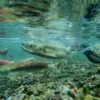
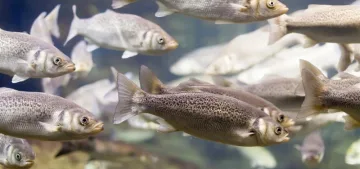

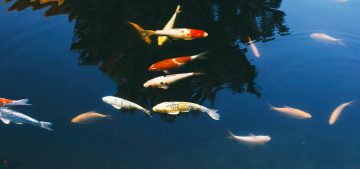
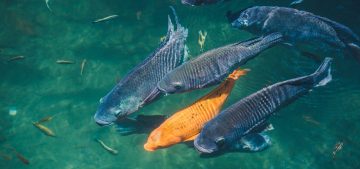
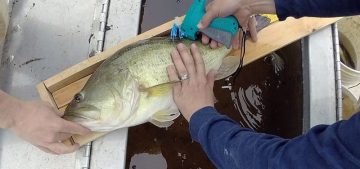
Add comment